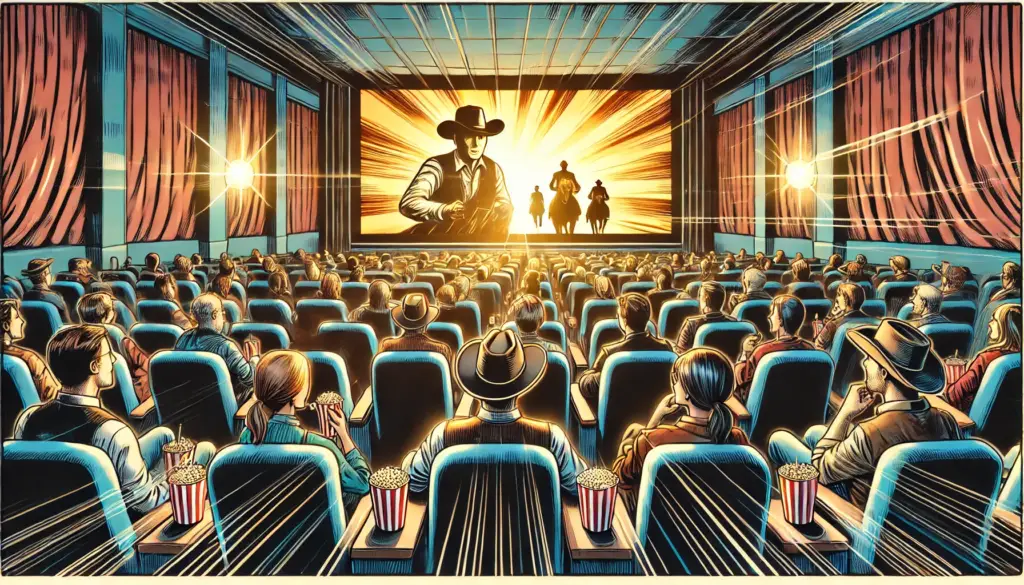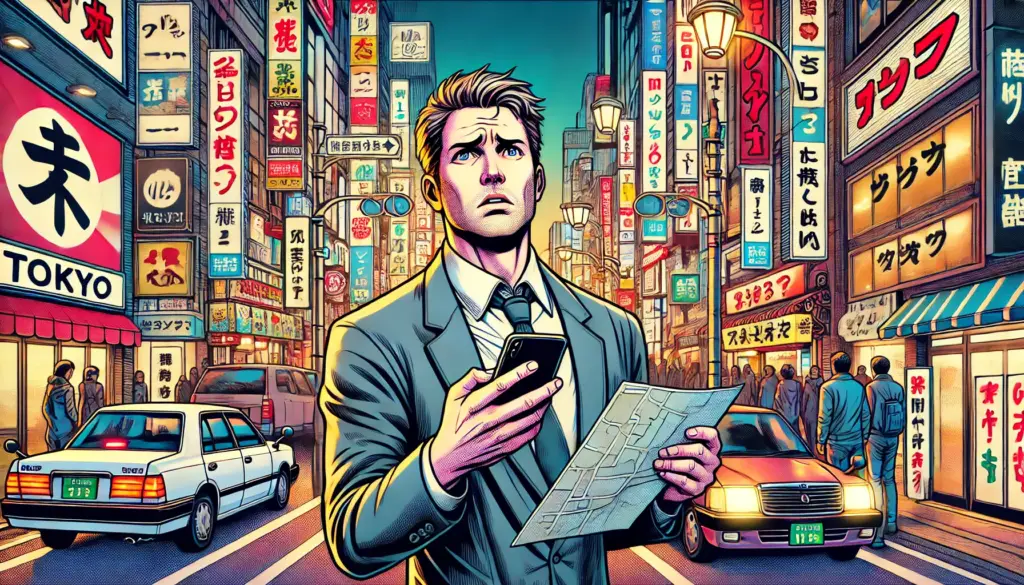
Visiting a movie theater in Japan can feel both familiar and unexpectedly different for English speakers. The experience is clean, efficient, and polite—but also includes some quirks that can trip up those who don’t speak Japanese. Fear not! Here’s a guide to navigating Japanese cinemas in English only, with confidence and clarity.
Why This Matters
Whether you’re staying in Tokyo, Yokohama, or somewhere else in Japan, you want to watch foreign-language films without accidentally buying the Japanese-dubbed version—or worse, not finding the right information online. This guide helps you decode ticket labels, avoid misunderstandings, and find trusted English-language resources.
1. How to Avoid Buying the Dubbed Version
In Japan, foreign (especially Hollywood) films are often offered in one of two Japanese-language versions:
- 吹替版 (fukikaeban): dubbed in Japanese
- 字幕版 (jimakuban): original audio with Japanese subtitles
If you want to enjoy the original English audio, always avoid labels with 吹替版. Instead, look for 字幕版—that usually means it’s in the original language with Japanese subtitles.
Some cinemas also use “ENG” labels on their schedules to indicate English-language audio—super handy if present.
So, when you check the schedule:
- Subtitle version (字幕版) = original audio with Japanese subtitles → good!
- Dubbed version (吹替版) = Japanese voiceover → avoid!
- ENG label = direct indicator of English audio (best-case scenario).
2. Best English-Friendly Websites for Cinema Info in Japan
Tokyo Filmgoer
A simple, reliable service that lists upcoming movies with available English subtitles and where to buy tickets.
Major Cinema Chains (multi-language sites)
Websites like TOHO Cinemas, United Cinemas, and Aeon Cinema allow you to browse schedules and purchase tickets online. Use Google Chrome to enable automatic translation for ease of use.
Other Helpful Resources
- Blogs and guides that explain ticket types, seating norms, and discounts—very newcomer-friendly.
- Travel and lifestyle sites often summarize which theaters show English-friendly screenings.
3. Step-by-Step: Booking Tickets Without Japanese
- Choose a cinema: For big chains, try TOHO, Aeon, Movix, or United.
- Check schedule: Look for “ENG” or “字幕版” indicators. Steer clear of “吹替版”.
- Use site translation tools in your browser for help with navigation.
- Select seat and ticket type: Most Japanese cinemas require seat reservations, and ticket types (adult, student, etc.) are easy to navigate with translated pages or simple prompts.
- Pick up your ticket: If bought online, redeem at the machine or counter. Asking “I booked a ticket online. How can I get my ticket?” usually works smoothly.
4. In-Theater Etiquette & Enjoying the Moment
- Etiquette: Japanese audiences are very quiet. Even in comedic or dramatic scenes, people tend to remain silent—it’s considered respectful. Stick around through the entire credits—the filmmakers deserve it!
- Food & Drink: Popcorn and drinks are available, and you can order in English—“Can I have a large salty popcorn and 2 large cokes, please?” works perfectly.
- Discussions: After the film, try using a few simple phrases:
- What did you think of the movie?
- It was amazing!
- The acting was excellent.
These enhance the experience and help you bond with local friends.
5. Extras and Hidden Gems
Film Festivals & Specialized Theaters
If you’re hoping for Japanese movies with English subtitles, your best bet is international film festivals or arthouse cinemas like:
- Tokyo International Film Festival (TIFF) in November
- Yokohama International Film Festival (YIFF) during Golden Week
Also consider smaller independent cinemas in Tokyo or Yokohama that occasionally offer subtitle-friendly screenings.
Additional Resources
- Movie information portals often list nationwide screenings—less English-friendly, but still useful if you can navigate.
- Cultural institutions such as the Japan Foundation sometimes screen classic or art films with English subtitles.
6. My Personal Take (Original Perspective 😊)
I’ve personally found that mixing a bit of Japanese clues with English logic is a fun way to feel more native in the ticket line. When you recognize 字幕版, a quiet wave of confidence washes over. Plus, cinemas in Japan are some of the cleanest and most comfortable in the world. Seriously—it’s a joy to sit down, relax, and know you’ll get the experience you want.
Also, I love that going to the movies becomes a mini language lesson. You learn a few terms (“字幕版”, “吹替版”), you buffer your day with ambient cultural immersion, and you even make note of ticketing quirks or snack vocabulary—no classroom required.
One little tip: screenshot the schedule page with the labels in English vs Japanese saved in your phone. That way, if the ticket booth is particularly busy, you can just show “I want this one” and point!
In Summary
- Avoid “吹替版”; seek “字幕版” or “ENG”.
- Use English-friendly websites like Tokyo Filmgoer and major cinema chains with browser translations.
- Enjoy the exceptional politeness and stillness of Japanese theaters—worth savoring.
- Explore film festivals and specialized cinemas for subtitle-rich experiences.
- Carry a screenshot to clear up confusion in a flash.





















































